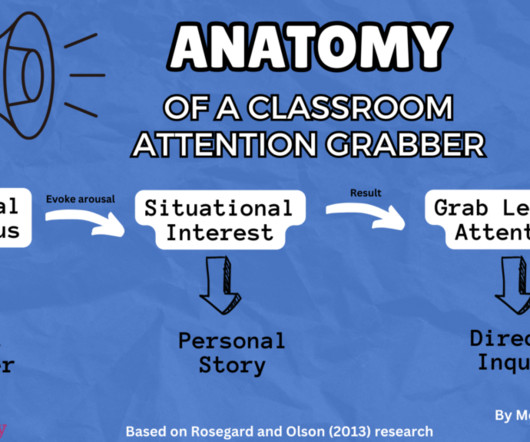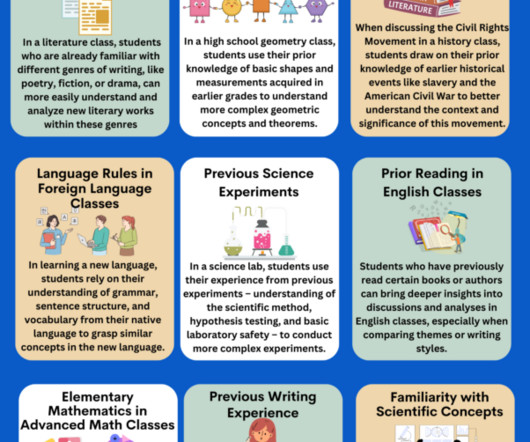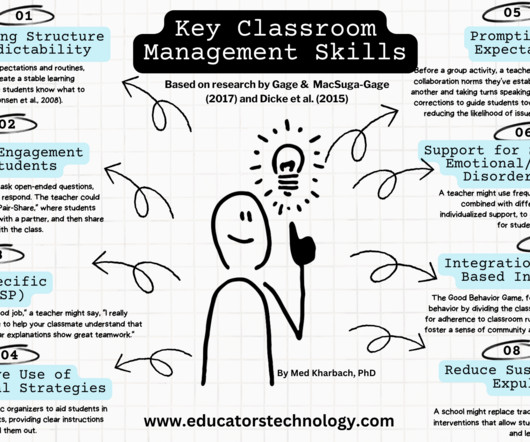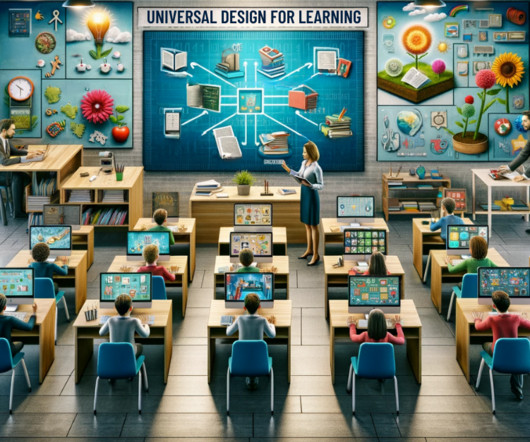30 Effective Classroom Attention Getters with Examples
Educational Technology and Mobile Learning
DECEMBER 29, 2023
In the dynamic world of education, keeping students engaged and attentive is a challenge every educator faces. This state of boredom is not just an occasional inconvenience; it is a significant barrier to effective learning. Research has consistently highlighted the detrimental effects of boredom on student learning.

















Let's personalize your content